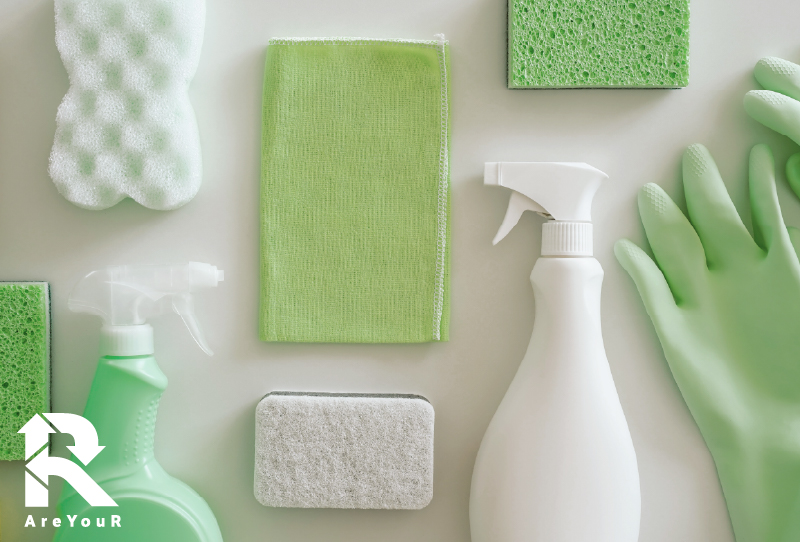Plastic is an integral part of our daily lives, often found in every corner of our homes without us even realizing it. A deeper understanding of plastic allows us to manage it more responsibly, thereby minimizing waste and enhancing the effectiveness of the recycling system.
This guide provides an overview of different types of plastic materials, their recyclability, and simple, positive actions we can take every day!
Small daily gestures can make a significant difference.
In the Kitchen
The kitchen is one of the areas where plastics are most commonly found:
- Bottles: This includes bottles for water, drinks, and oil, which are typically made from PET (polyethylene terephthalate) or HDPE (high-density polyethylene). These materials are easily recyclable through mechanical processes. Make sure to crush the bottles lengthwise before recycling!
- Food Trays and Films: These items are often made from PP (polypropylene) or PS (polystyrene), both of which have significant recyclability potential.
- Caps and Lids: Usually made from HDPE, a highly recyclable thermoplastic polymer.
- Bags and Shoppers: If made from LDPE (low-density polyethylene), they can be recycled effectively.
- Take-Away Food Containers: They come in various materials, frequently mixed. Always check the composition of the packaging and carefully follow the recycling guidelines provided by your municipality!
In the bathroom
Many personal hygiene products come in plastic packaging:
- Shampoo and Shower Gel Bottles: These containers are typically made from HDPE or PP and are fully recyclable. To improve collection processes, ensure these containers are empty and, if possible, crush them.
- Tubes (Toothpaste, Creams, etc.): They are designed to be recycled more efficiently. Once again, remember to check the local guidelines!
- Dispensers: If they incorporate metal or other additional materials, it is essential to separate these components from plastic to enhance the recycling process.
In the Bedroom
Although less noticeable, plastic is also found in the sleeping area:
- Containers and Organisers: These are often made from PP or transparent rigid plastic. They can be recycled if undamaged and made from a single material.
- Packaging of New Products: Protective films and bags are usually made from recyclable PP. Be sure to check the labels carefully and always return them clean.
- Coat Hangers: The good news is that since 2014, coat hangers made from plastic are recyclable!
In the Laundry
- Detergent and Fabric Softener Bottles: These are typically made from HDPE and are often colored. They are fully recyclable, but it is important to rinse them if they are very dirty.
- Refills in Pouches: These are usually made from flexible plastic (such as LDPE or multilayer materials) and are generally recyclable; always check the packaging labels.
- Films and Secondary Packaging: This type of packaging is used for products sold in bulk. Ensure they are clean and made from a single material before disposal. Always check the label for recycling information.
General Rules
- Remove Residues: Plastic does not need to be perfectly clean – effective systems have been developed to wash plastic waste during the recycling process – but it must be free of visible food or substance residues.
- Separate Different Materials: It is essential to separate mixed materials, such as plastic and paper, before recycling.
- Consult Local Guidelines: Recycling rules can vary among recycling companies, so it is essential to check the specific guidelines in your area regarding what plastics they accept.
- Recognize Plastic Codes: Familiarize yourself with plastic codes such as PET, HDPE, PP, and PS. Each code indicates a different type of plastic, which affects the recycling process, as we discussed in this article!
Understanding the types of plastics in your home is the first step toward more responsible recycling practices. Every effort counts: sorting materials properly today leads to better recycling outcomes tomorrow. Remember, the quality of the collected materials is just as important as the quantity!
—
Please note
The methods for collecting plastics can differ significantly among municipalities. It is advisable to review the local recycling regulations before disposing of any item.

